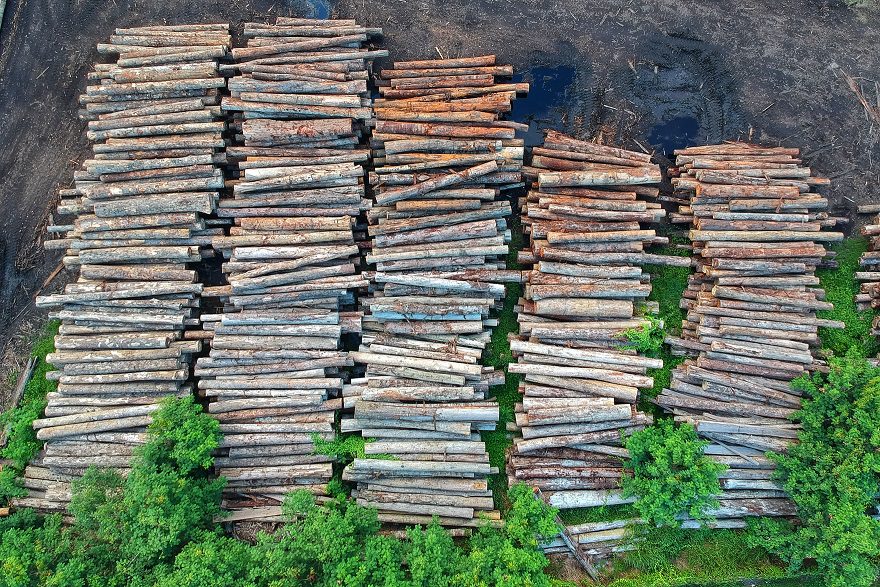
US Lumber Crunch
March 01, 2021
Since last March, buyers have been purchasing single family homes in the suburbs at a rapid rate, an alternative to the urban high rises of cities like New York and Los Angeles. Simultaneously, the limitations on travel, vacations, and expensive dinners out have released funds for “Do It Yourself” (DIY) improvements or professional renovations. The ability to buy or invest in homes has been further bolstered by interest rates at near record lows, and stimulus checks. A number of would-be first-time homebuyers, especially among the younger millennial demographic, have found their dream of home ownership finally within the budget.
These trends in home ownership and home improvements have had major consequences in various markets. For example, the median price of a single-family home in the US reached a new record of $346,800 in Q4 2020. Home Depot & Lowes have been major beneficiaries of these changes, which was reflected in their Q4 2020 earnings reports, showing approximately 23% and 34% increases in same store sales respectively. One of the most heavily impacted areas has been the cost of materials, most notably lumber.
Since this time last year, the composite price of softwood lumber (the type commonly used for the framing of homes) has increased from $250-350 per thousand board feet to over $1,000, an increase of greater than 150%. Some of the factors behind this dramatic increase in the cost of lumber predate the pandemic. You may remember that in 2017 the US levied 20% tariffs on imports of Canadian lumber, restricting supply. In March of 2020 another supply issue arose when many sawmills and lumber treatment plants were forced to close during lockdowns, or even voluntarily halted operations to cut costs in anticipation of a housing slowdown.
While some cautious lumber producers were taking action to reduce supply, the demand for wood was actually beginning to rise. New home construction, one of the largest consumers of lumber, has reached a 14-year high over the past three months, a rate of 1.6m new homes per month, according to the US Department of Housing & Urban Development. The mismatches in supply and demand have sent costs soaring. The National Association of Home Builders (NAHB) calculates current lumber prices are adding ~ $24,000 to the average price tag of new single-family homes.
However, downward price pressure may be on the horizon. As the vaccine rollout progresses and many begin to return to more normal patterns, the expectation is that people will spend less on their homes, slowing the boom in new DIY projects. Also, the U.S. Department of Commerce has reduced the tariff duty on softwood lumber imports from Canada to 8.9%, which should improve supply shortages. So, while many developers are gritting their teeth right now as they try to keep their construction budgets under control, there is hope that prices will soon return to more normal levels.
Corey Erdoes

